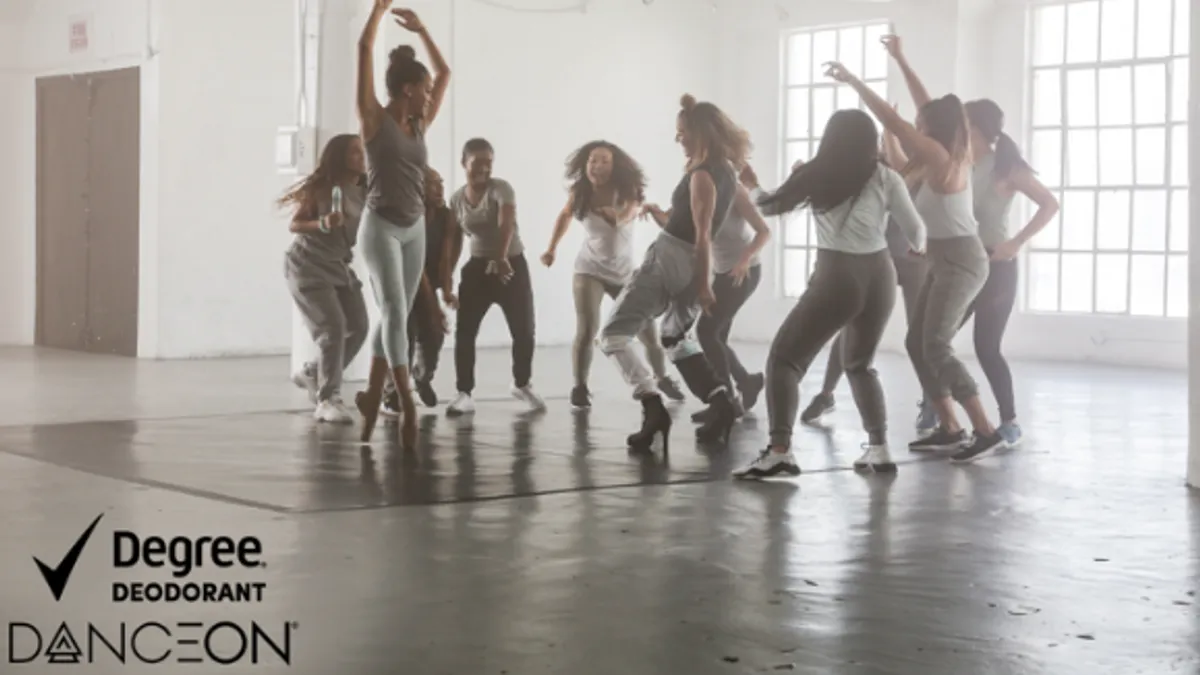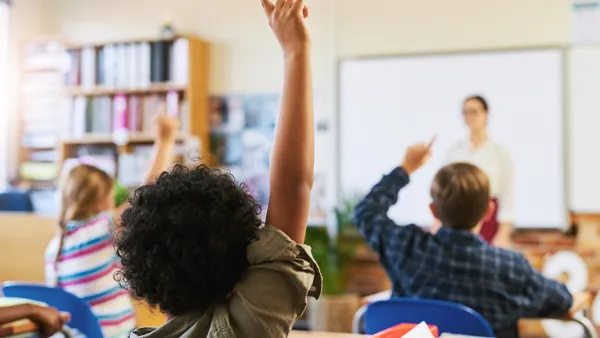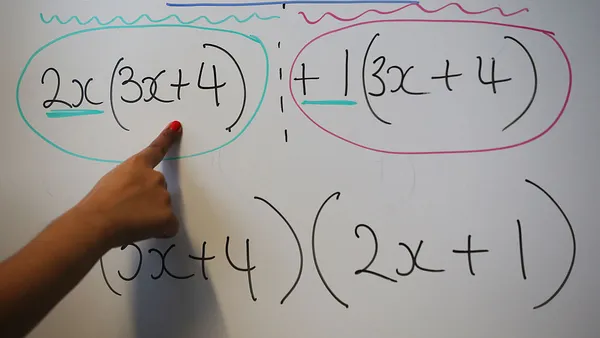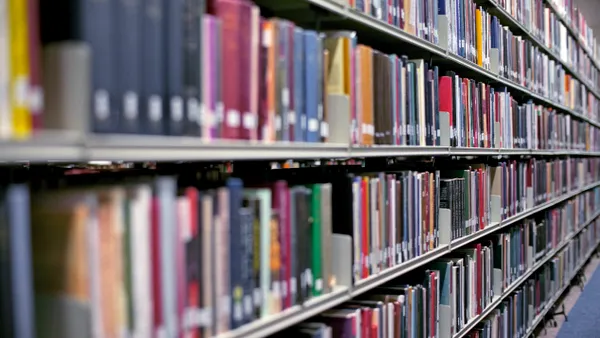Dive Brief:
- Educational coach Jorge Valenzuela writes for Edutopia that bringing dance into the classroom can deliver academic and social benefits, helping students connect to their teachers while also re-engaging them in a class.
- Valenzuela has also applied the principles of dance, namely choreography, to coding as a way to show that programming, much like dance, is built through a series of steps.
- Educators can use dance as a vehicle for teaching other academic subjects, including writing — by having students express their opinion about a specific style of dance — or math, by just having students count their dance steps.
Dive Insight:
Using a fun activity like dance can serve as a cross-curricular gateway to ease students into more intimidating subjects such as coding and math. In Valenzuela's approach linking coding classes to dancing, students were able to learn the basics of the core subject while also getting some physical activity.
Typically, dance is used as a component of physical education classes, where students are encouraged to learn other forms of movement, too. But dance can also be a tool to deliver more than just physical awareness. Dance has been used in school settings to teach students how to express emotions, share their feelings, and develop social emotional learning (SEL) skills. As a 2015 report from the National Endowment for the Arts showed, children who participated in a dance program showed a reduction in shy and anxious behavior.
By bringing together two disparate subjects, educators can also help to strengthen a child’s understanding and performance in both. Beyond SEL skills, physical movement can teach other academic skills, such as physics and math, noted author Marcia Wade in a 2016 article for A Journal for Physical and Sports Educators.












